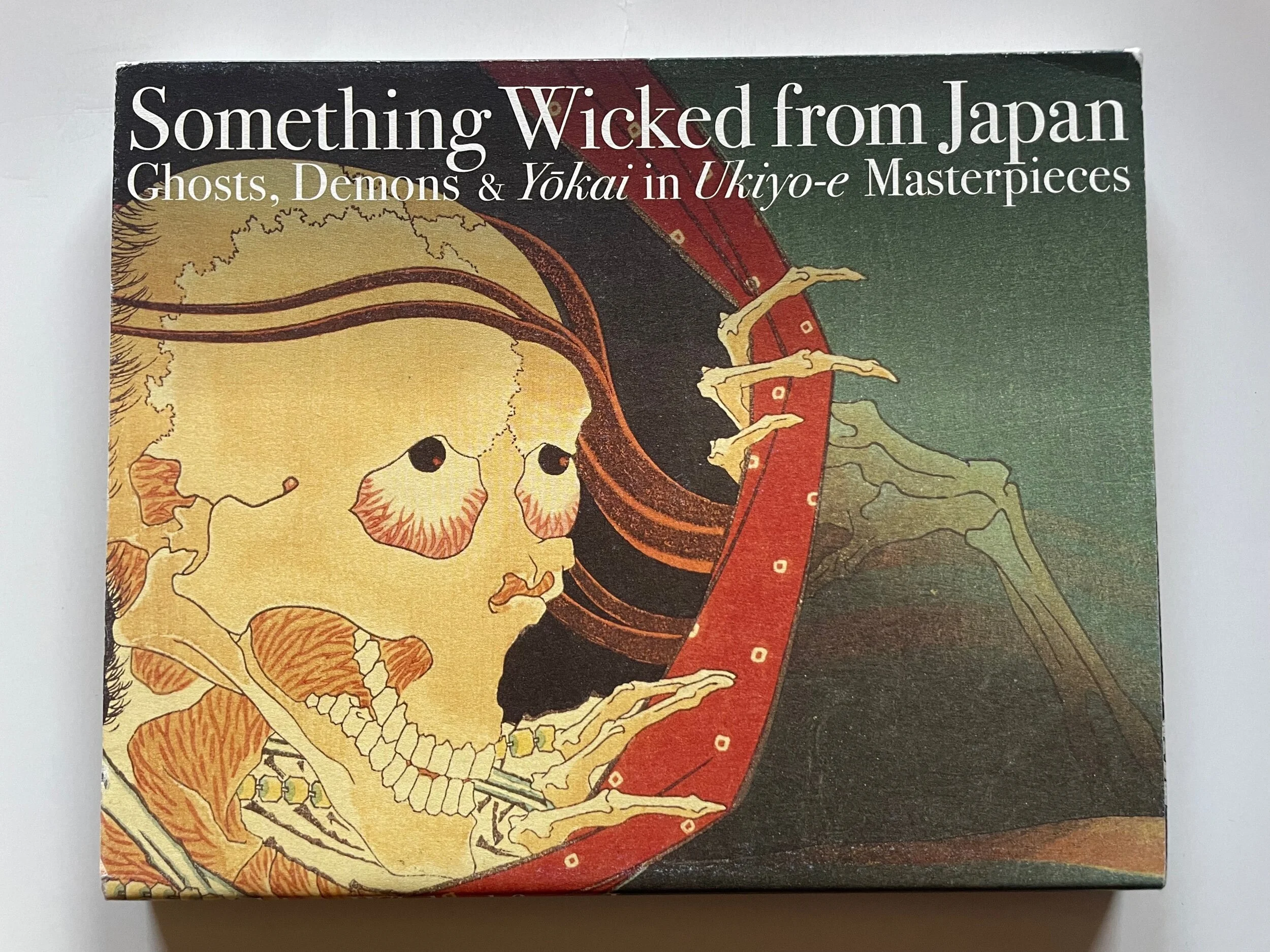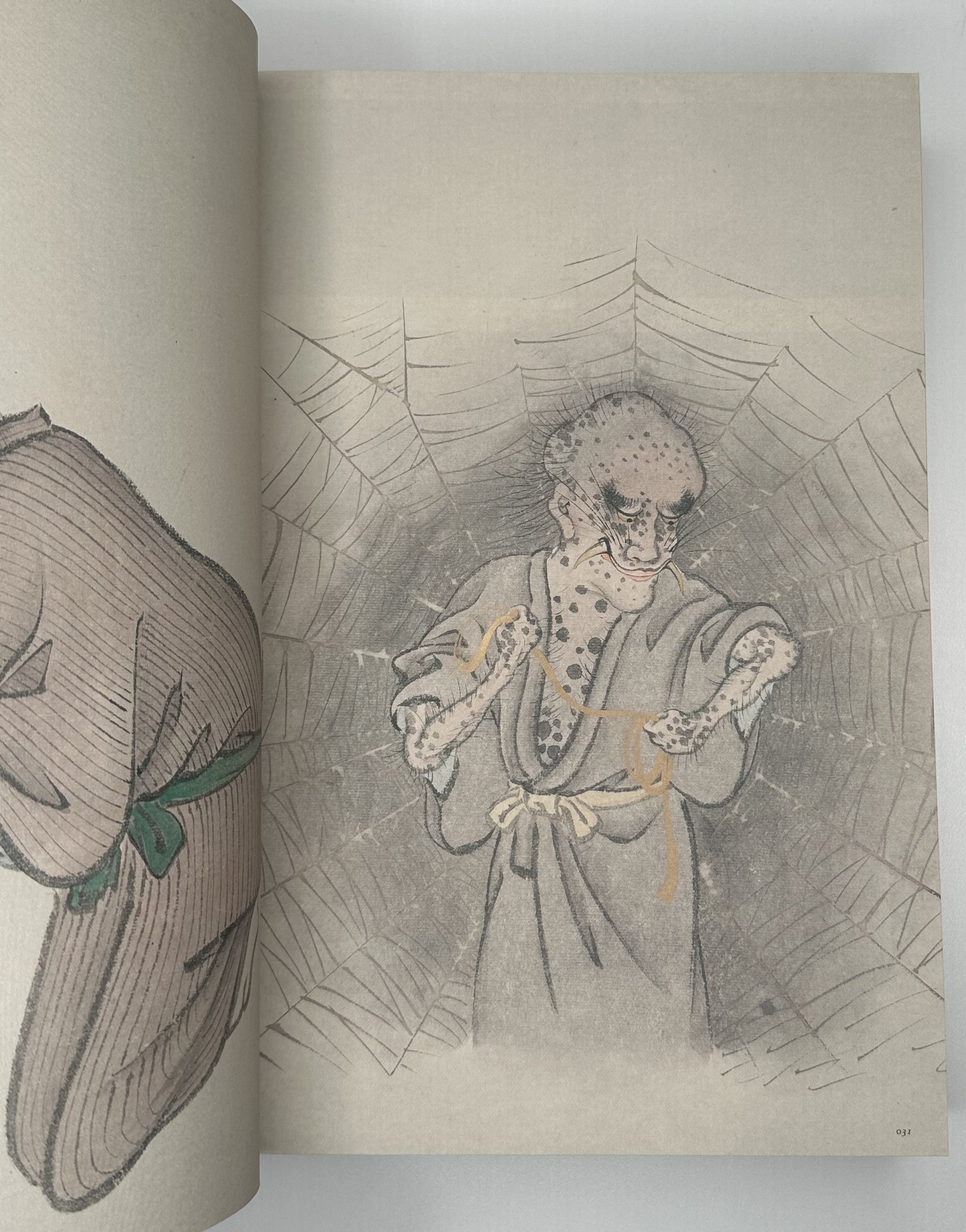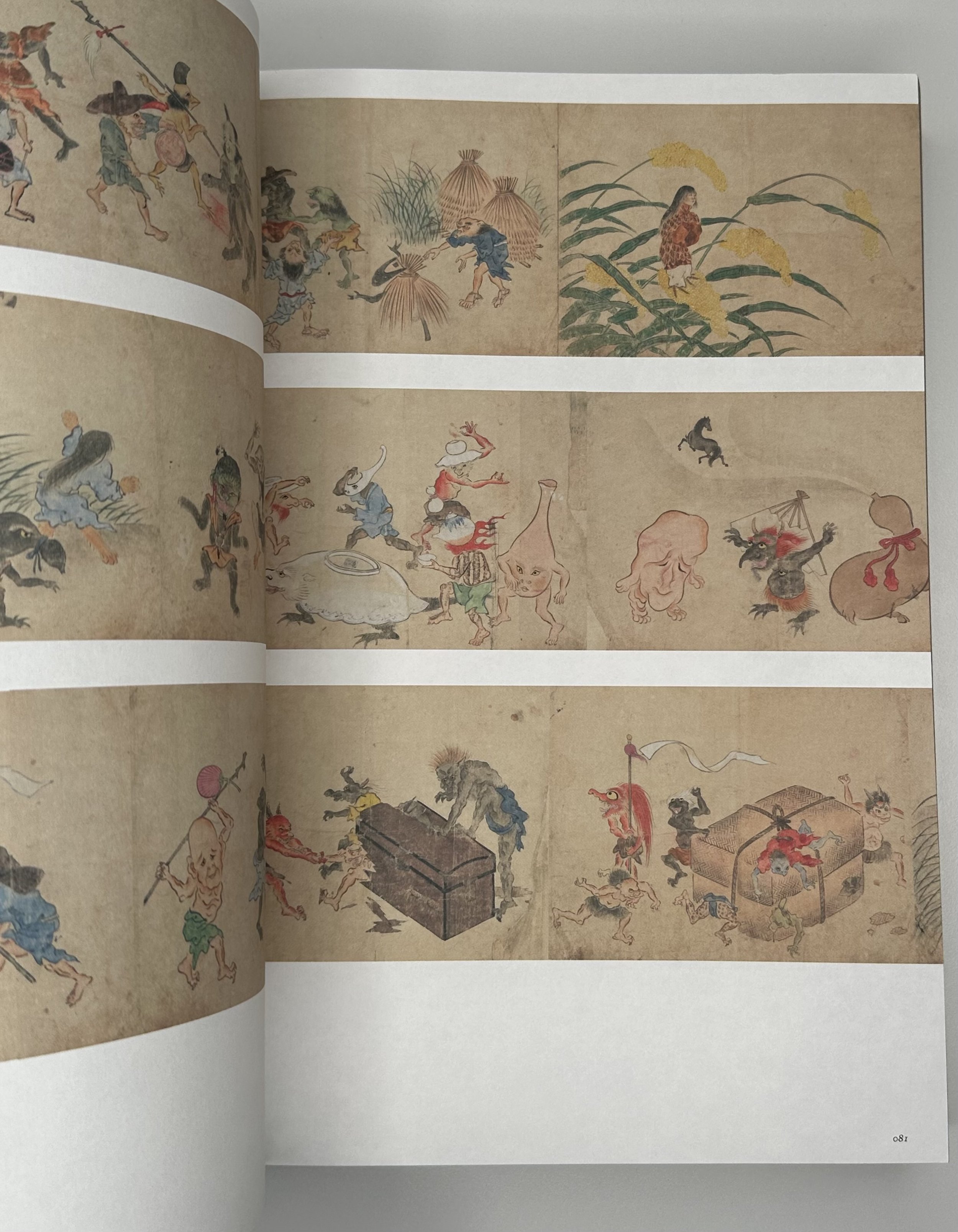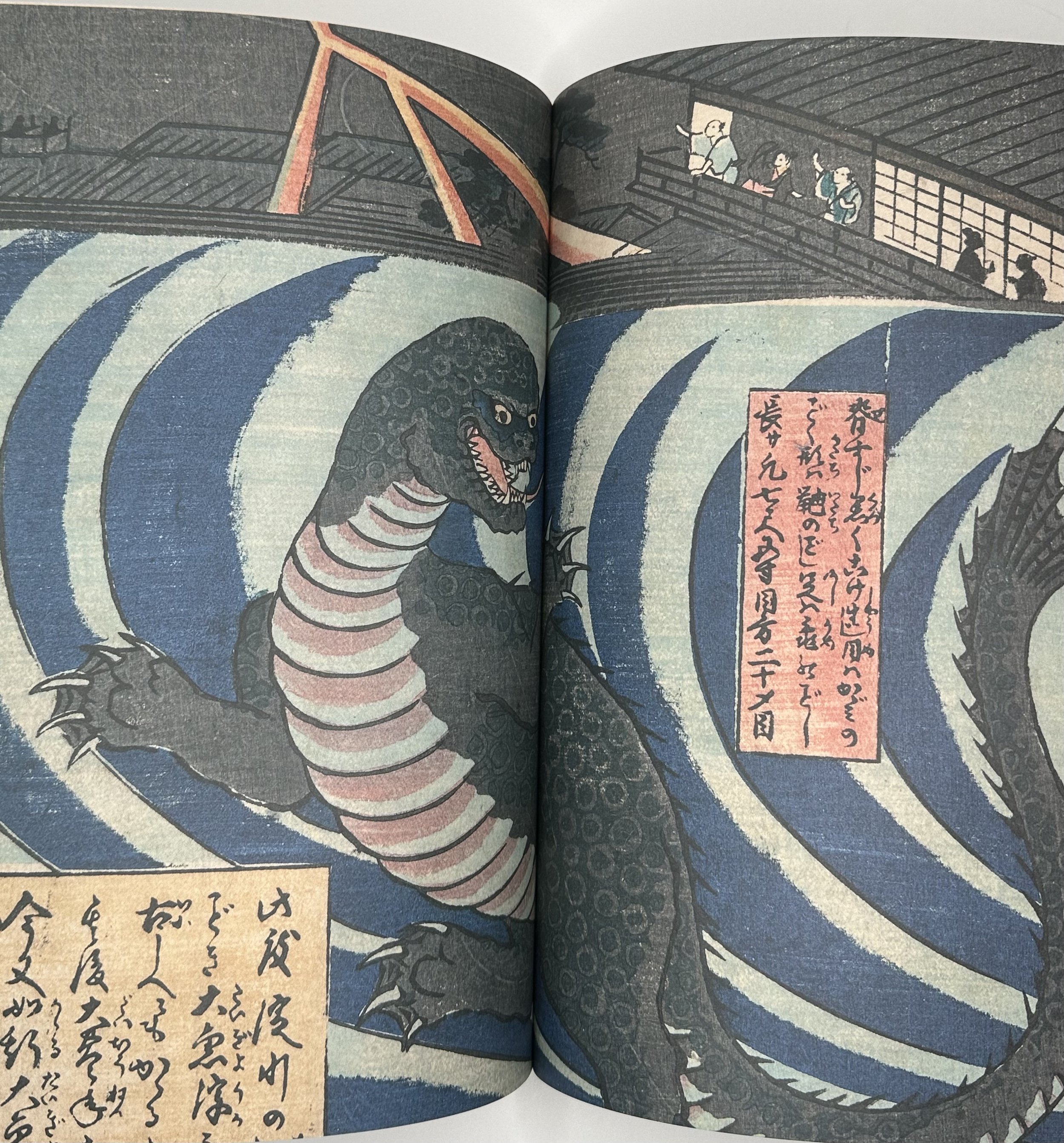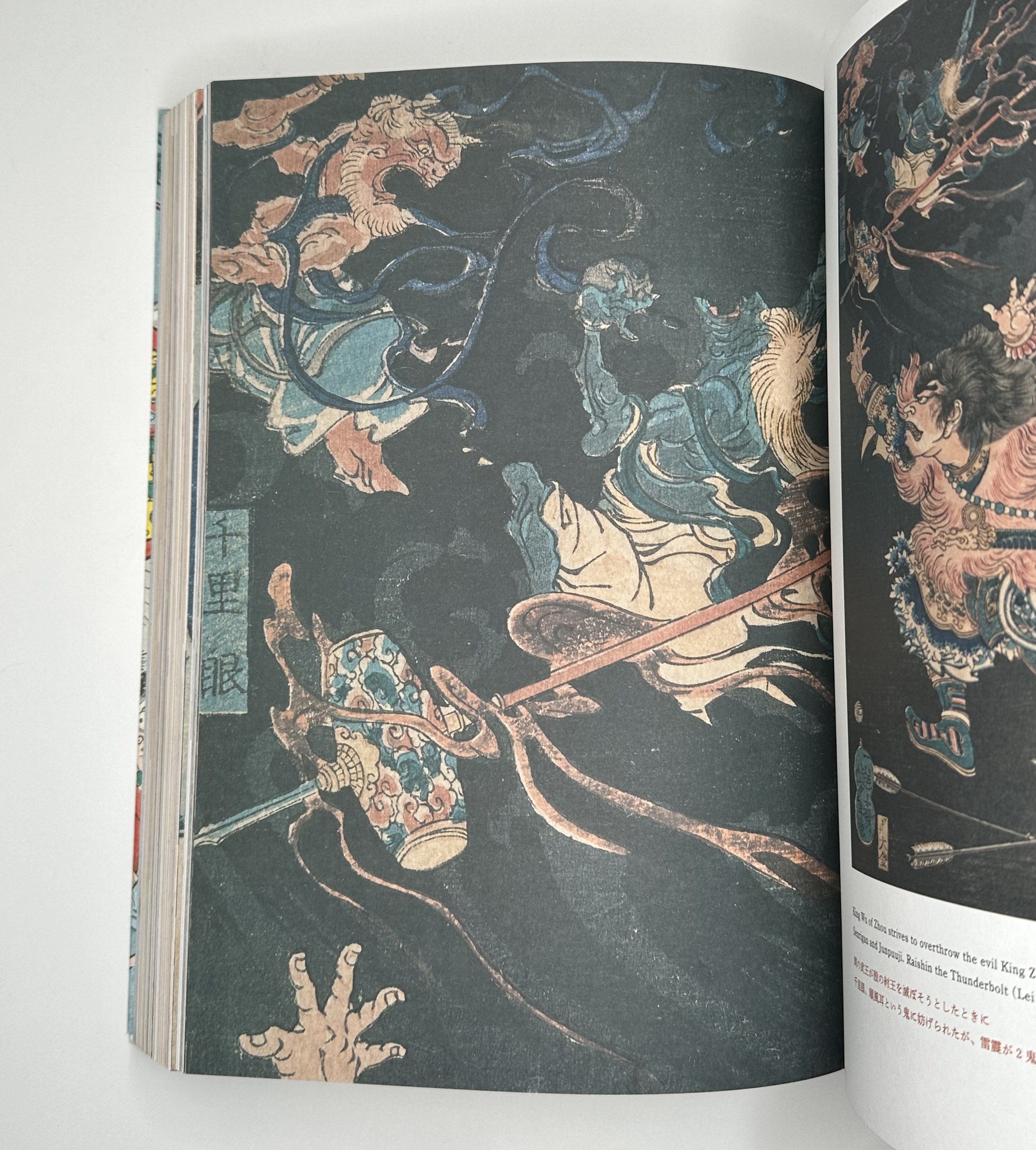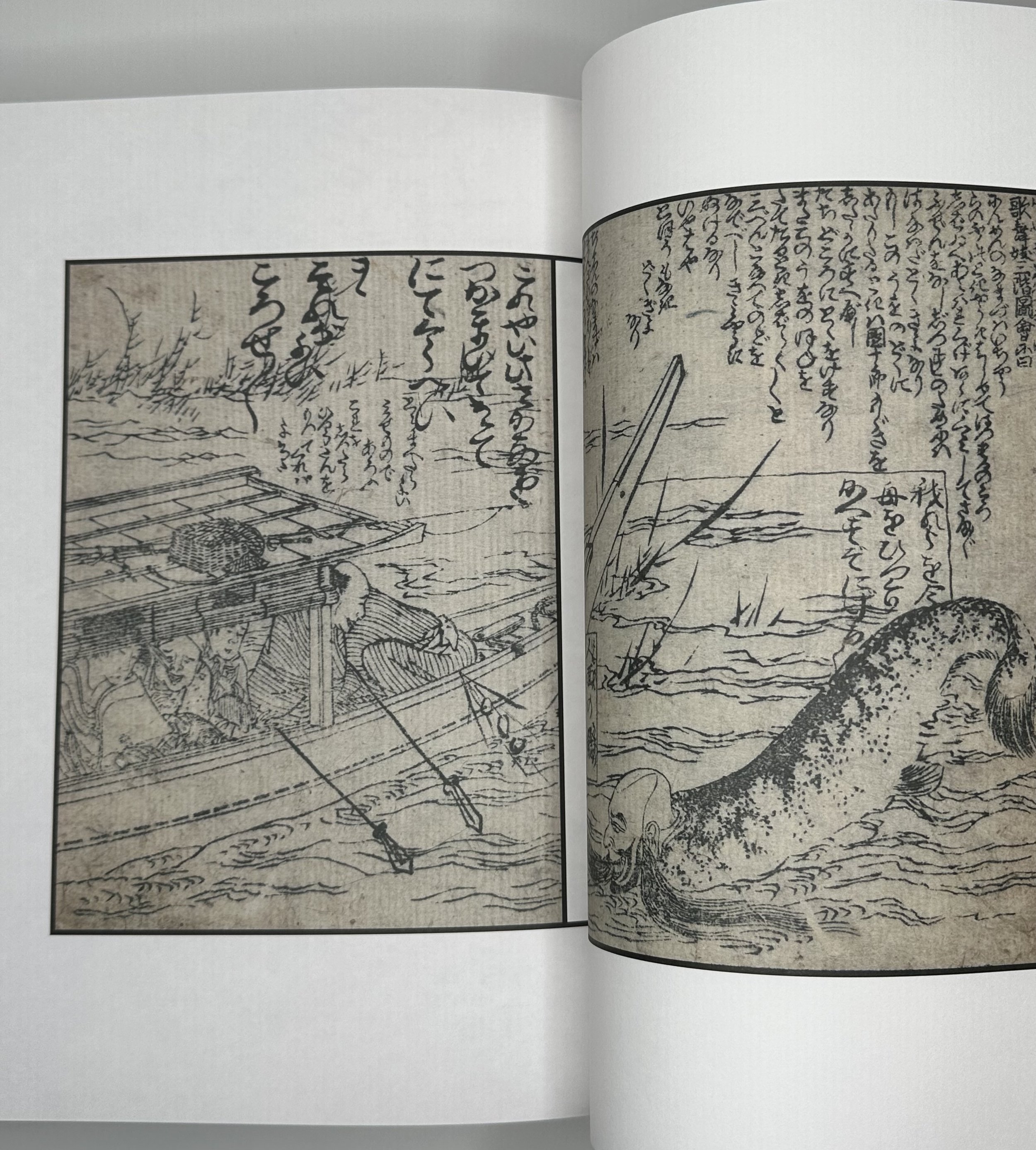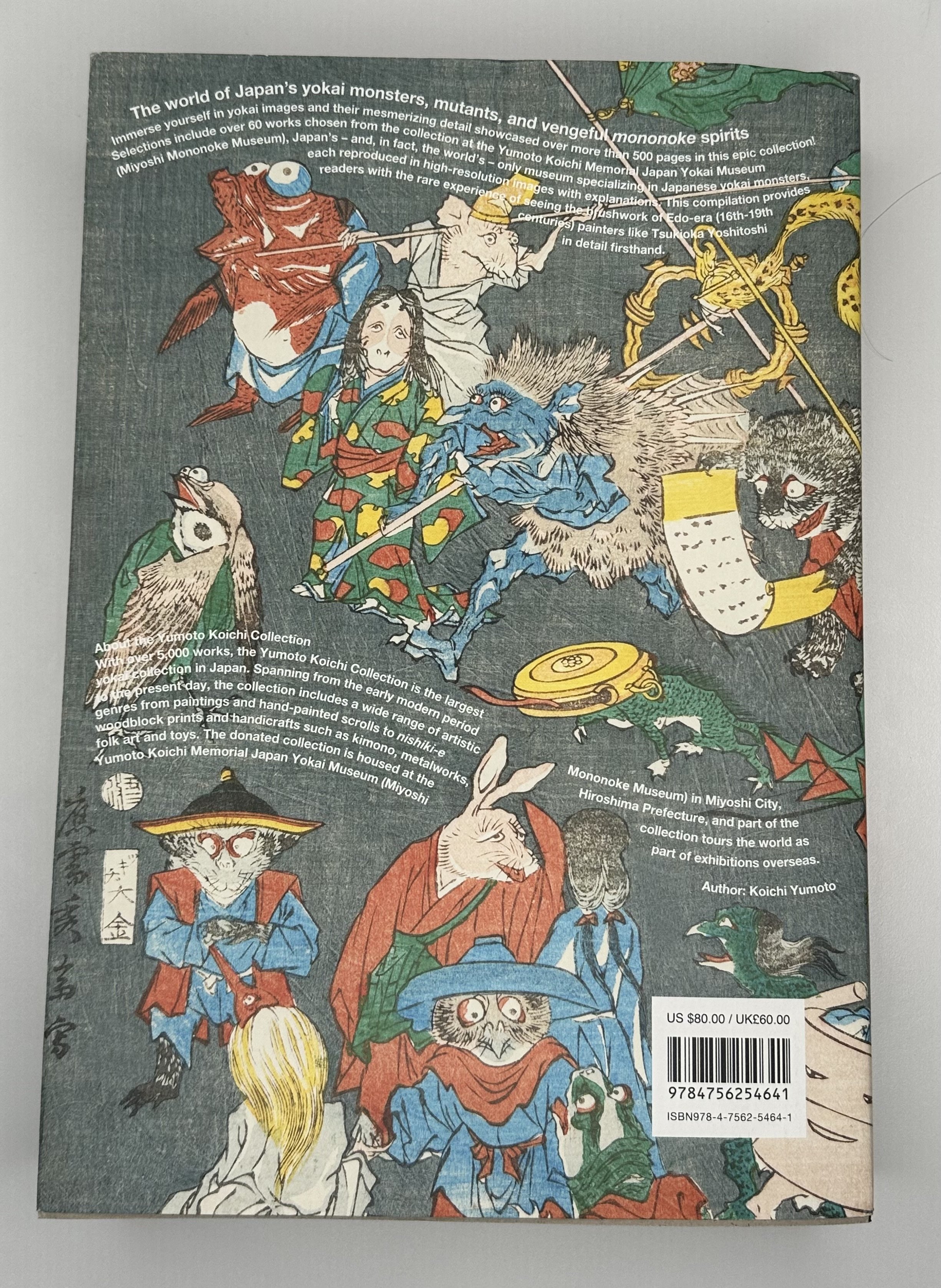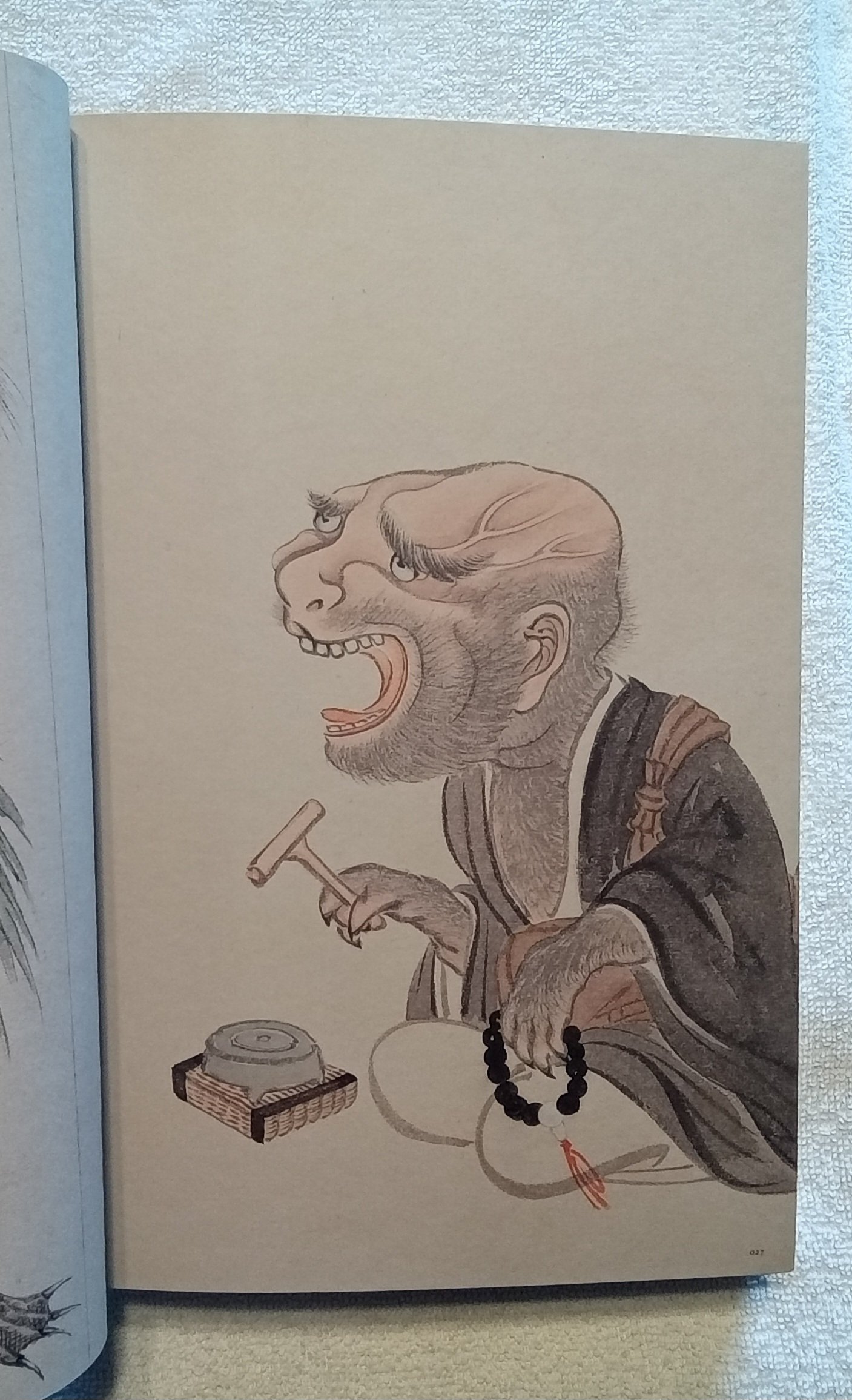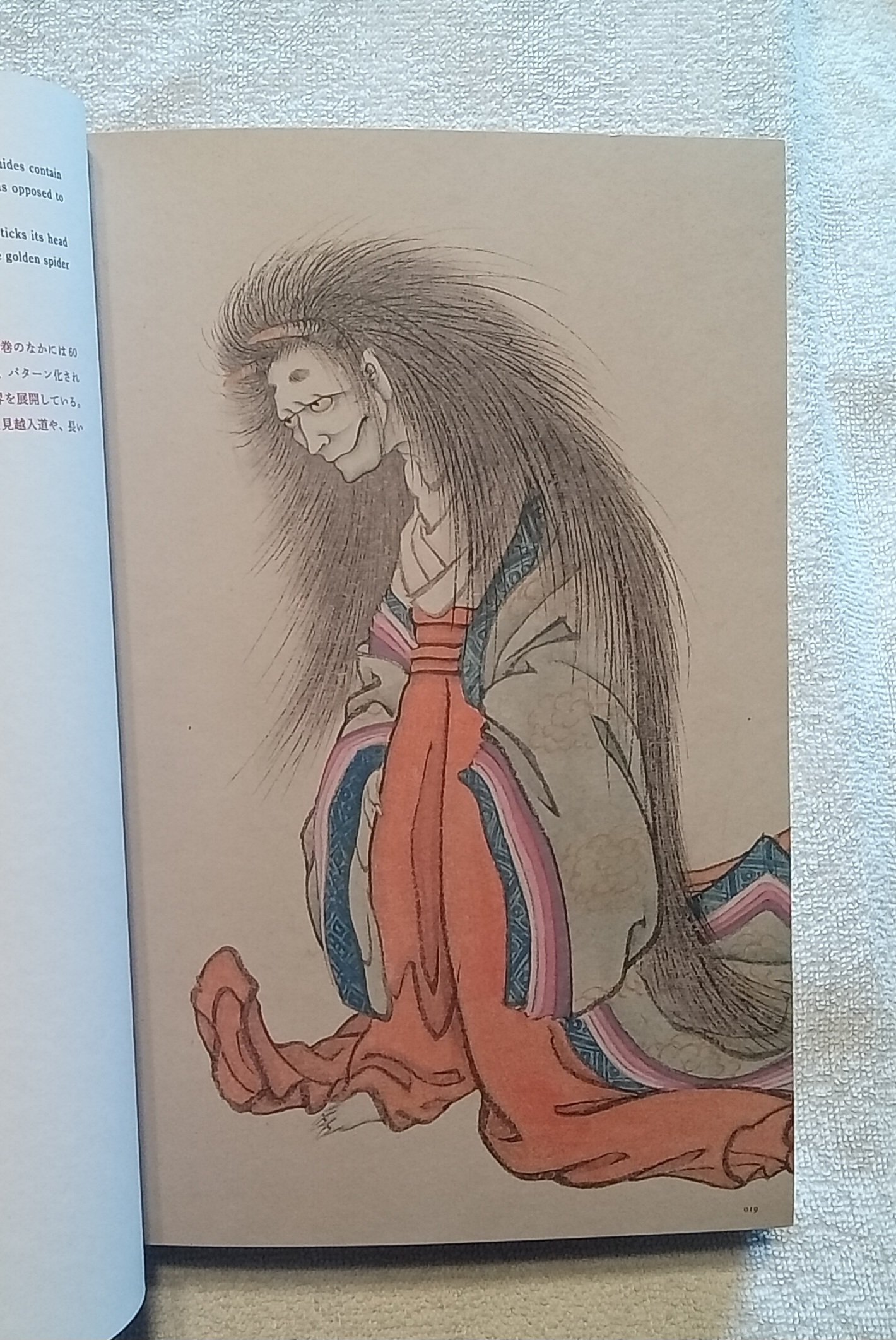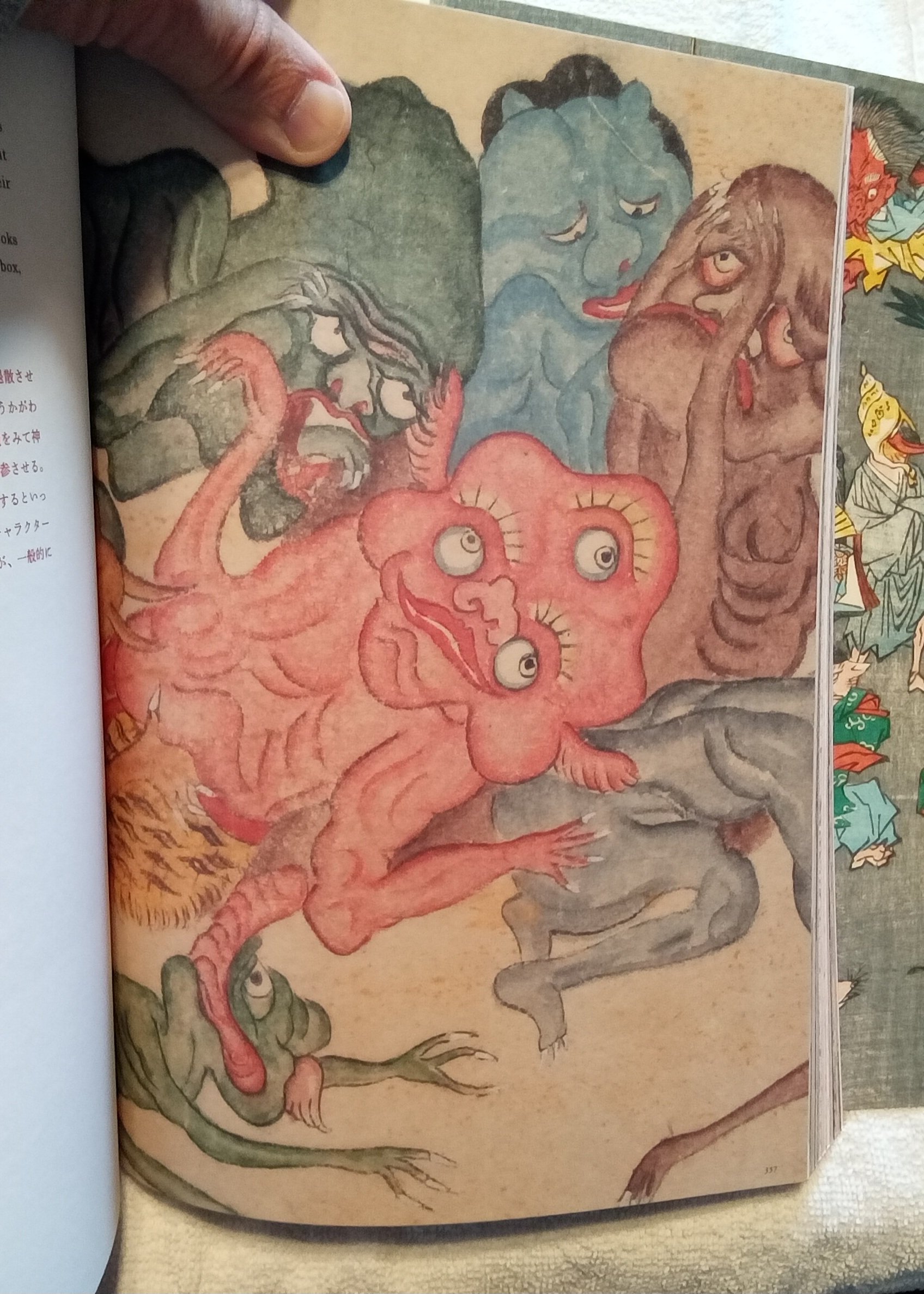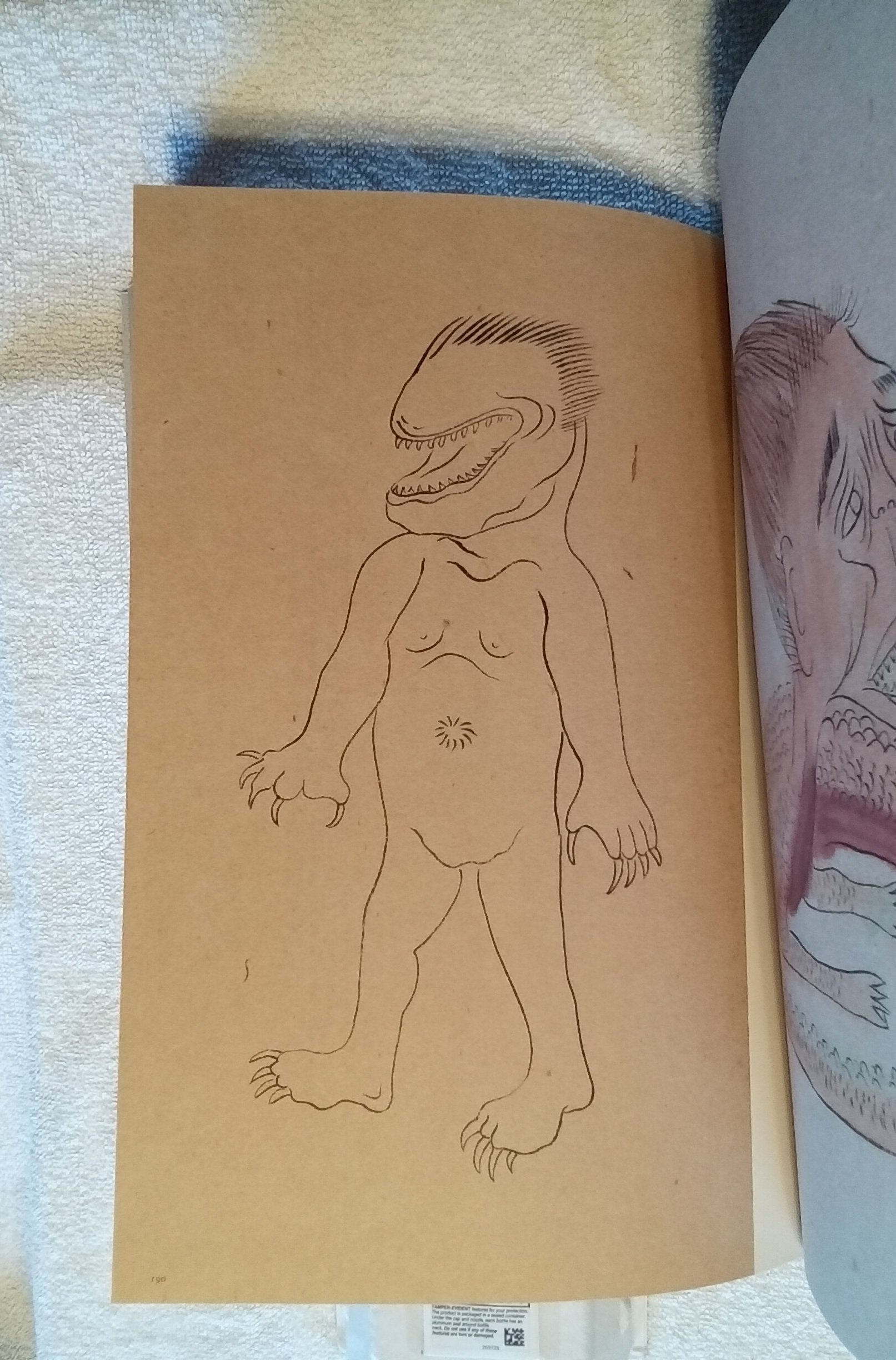 Image 1 of 31
Image 1 of 31

 Image 2 of 31
Image 2 of 31

 Image 3 of 31
Image 3 of 31

 Image 4 of 31
Image 4 of 31

 Image 5 of 31
Image 5 of 31

 Image 6 of 31
Image 6 of 31

 Image 7 of 31
Image 7 of 31

 Image 8 of 31
Image 8 of 31

 Image 9 of 31
Image 9 of 31

 Image 10 of 31
Image 10 of 31

 Image 11 of 31
Image 11 of 31

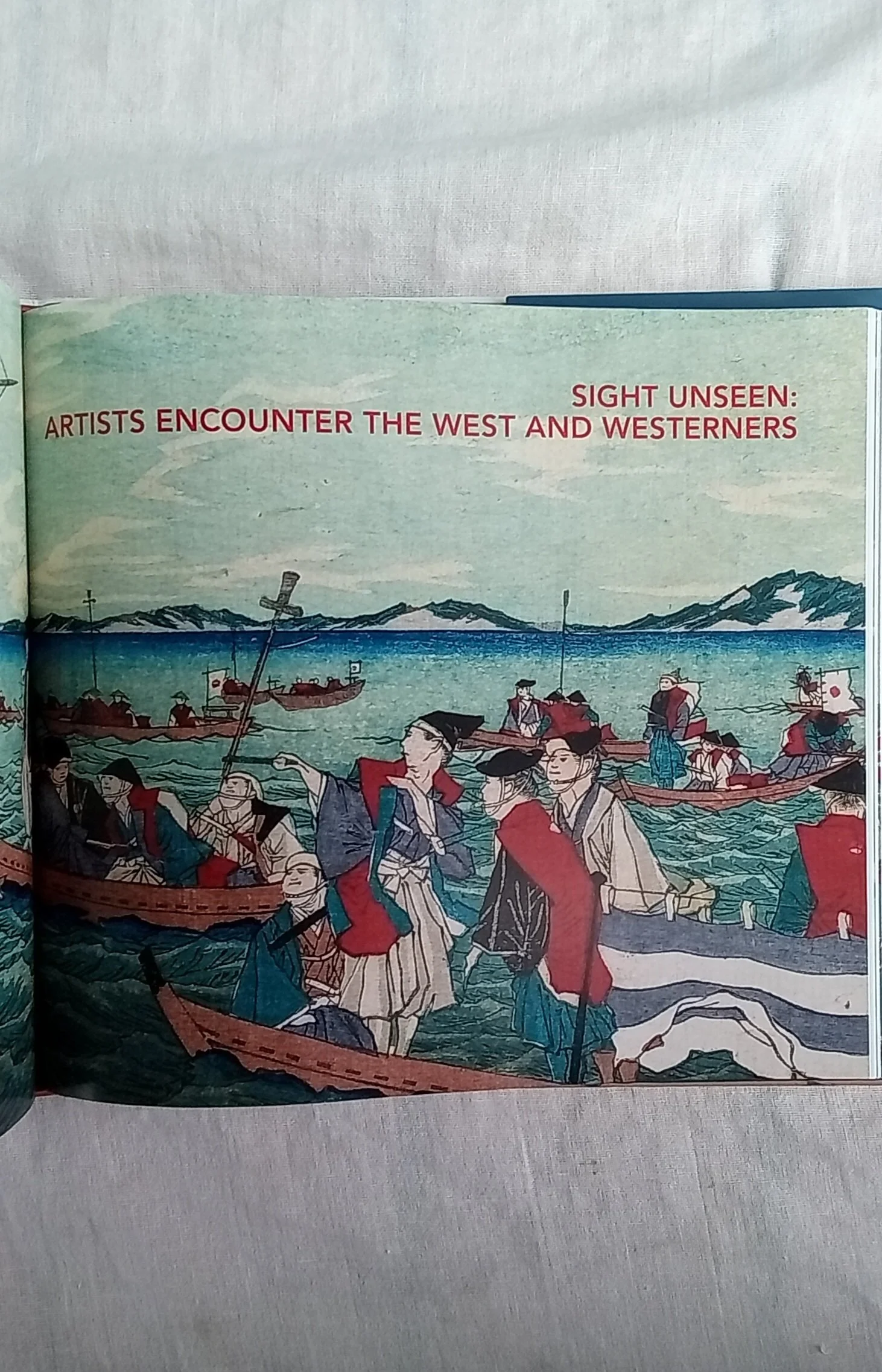 Image 12 of 31
Image 12 of 31

 Image 13 of 31
Image 13 of 31

 Image 14 of 31
Image 14 of 31

 Image 15 of 31
Image 15 of 31

 Image 16 of 31
Image 16 of 31

 Image 17 of 31
Image 17 of 31

 Image 18 of 31
Image 18 of 31

 Image 19 of 31
Image 19 of 31

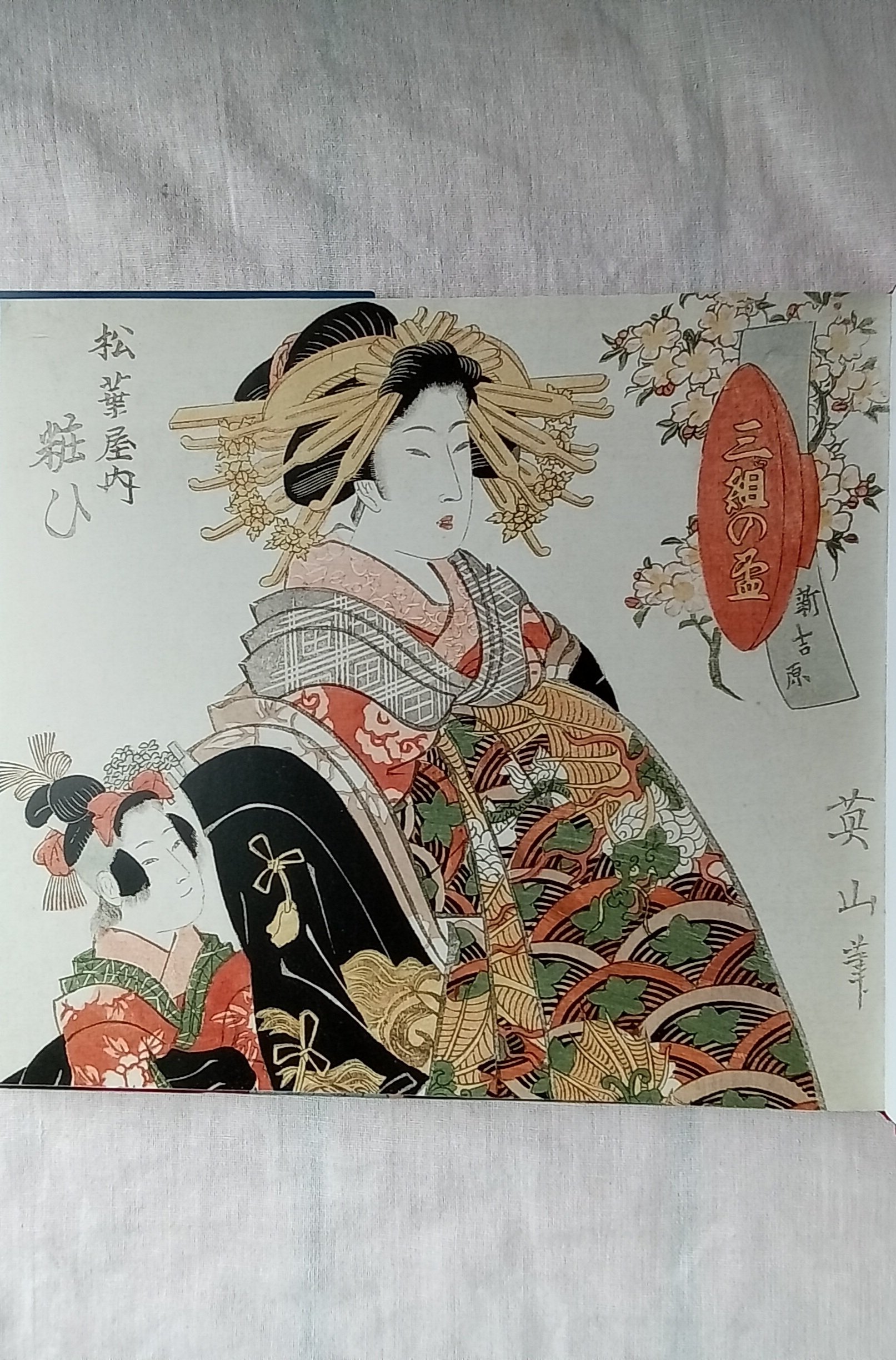 Image 20 of 31
Image 20 of 31

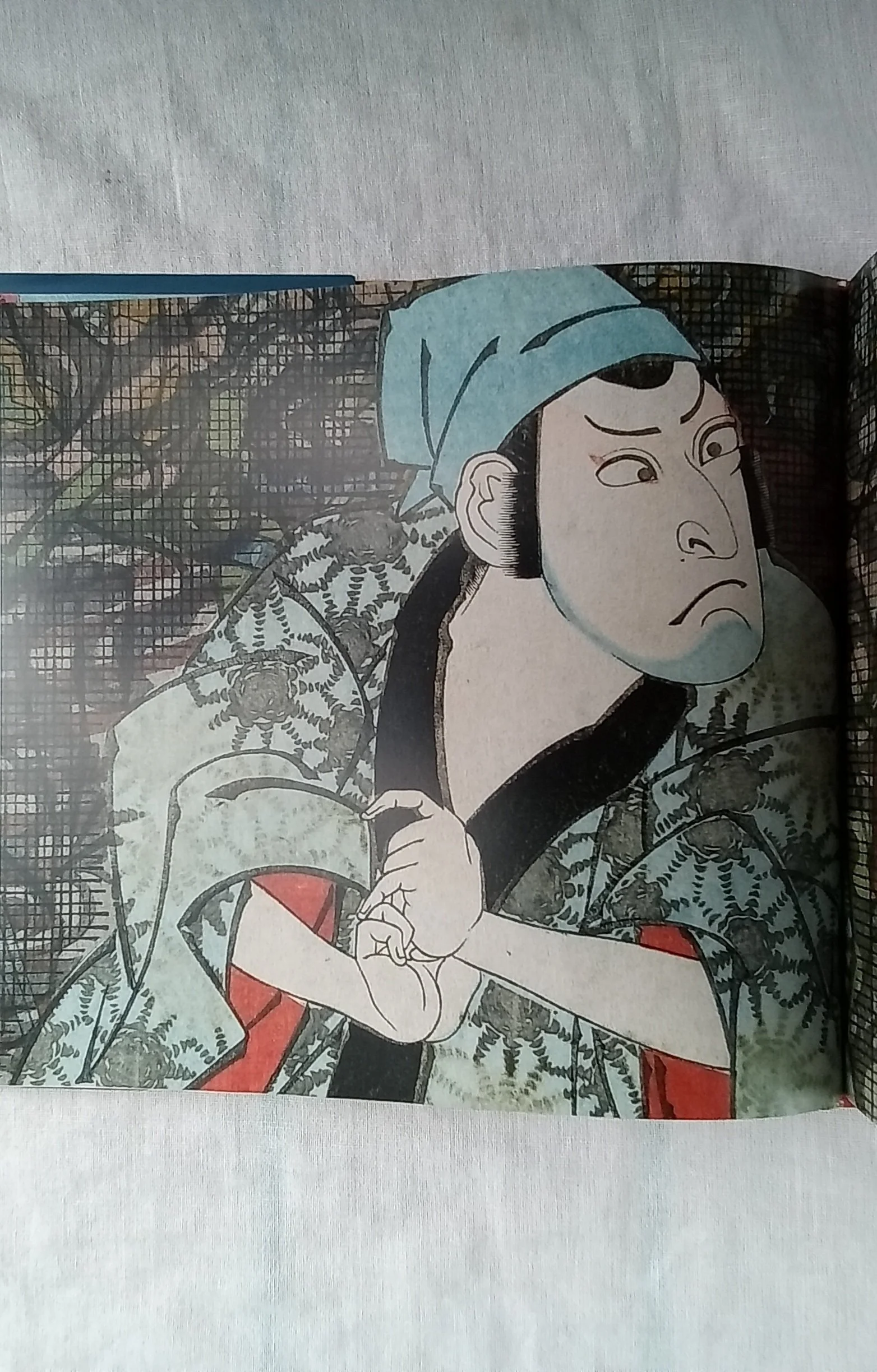 Image 21 of 31
Image 21 of 31

 Image 22 of 31
Image 22 of 31

 Image 23 of 31
Image 23 of 31

 Image 24 of 31
Image 24 of 31

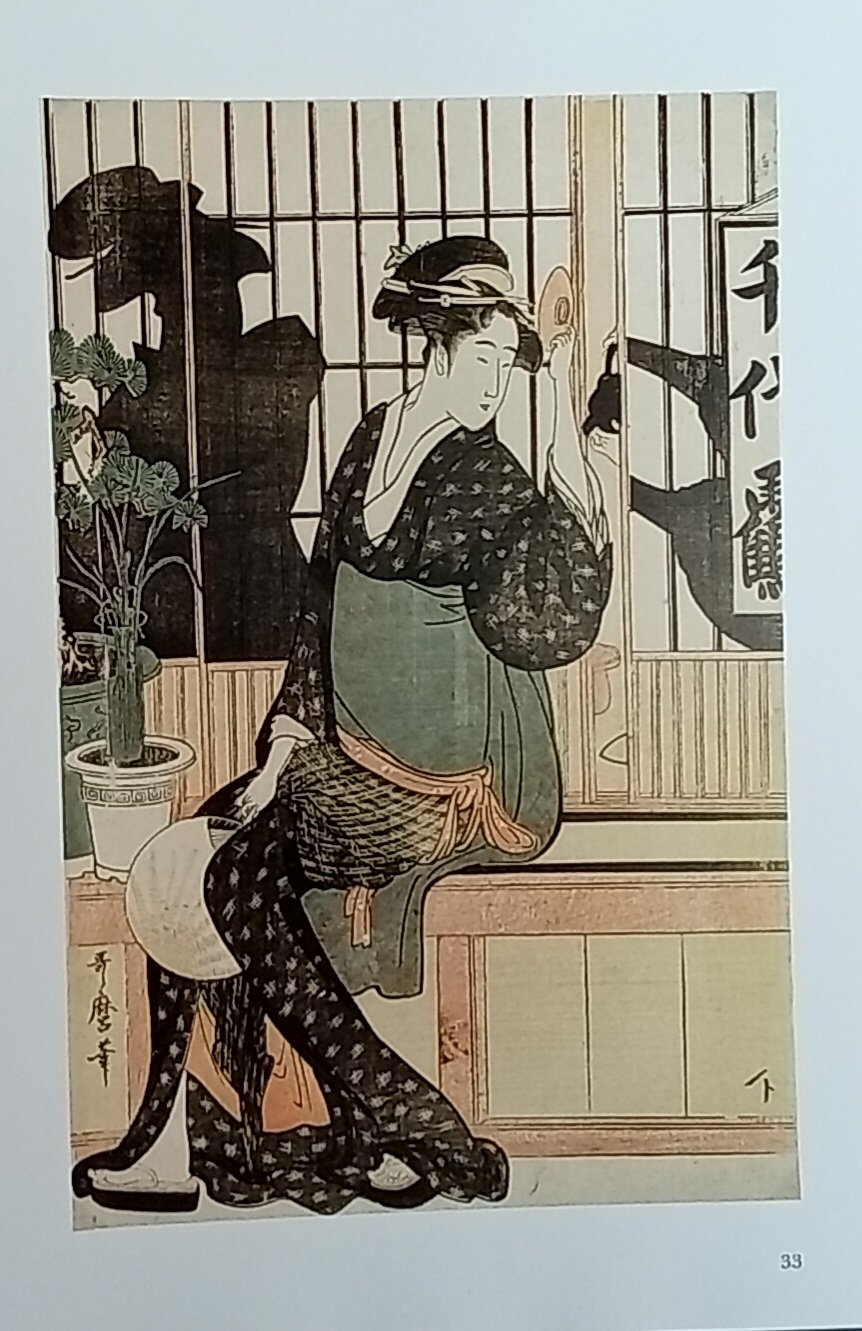 Image 25 of 31
Image 25 of 31

 Image 26 of 31
Image 26 of 31

 Image 27 of 31
Image 27 of 31

 Image 28 of 31
Image 28 of 31

 Image 29 of 31
Image 29 of 31

 Image 30 of 31
Image 30 of 31

 Image 31 of 31
Image 31 of 31
































Japanese Prints in Transition: From the Floating World to the Modern World...
Art curators Rhiannon Paget and Karin Breuer present a stunning introduction to the history of Japanese printmaking, featuring selections from the renowned Achenbach Foundation for Graphic Arts’ permanent exhibit with highlights from the de Young Museum’s vast collection.
9x8”, 168pgs, reg list was $40
In 1868, Japan underwent a dramatic transformation following the overthrow of the shogun by supporters of Emperor Meiji, marking the end of feudal military rule and ushering in a new era of government that promoted modernizing the country and interacting with other nations. Japanese print culture, which had flourished for more than a century with the production of color woodcuts (the so-called ukiyo-e, or “floating world” images), also changed course during the Meiji era (1868–1912), as societal changes and the once-isolationist country’s new global engagement provided a wealth of new subjects for artists to capture.
Japanese Prints in Transition: From the Floating World to the Modern World documents the shift from delicately colored ukiyo-e depictions of actors, courtesans, and scenic views to brightly colored images of Western architecture, modern military warfare, technology (railroad trains, steam-powered ships, telegraph lines), and Victorian fashions and customs.
Includes Color Photographs
Art curators Rhiannon Paget and Karin Breuer present a stunning introduction to the history of Japanese printmaking, featuring selections from the renowned Achenbach Foundation for Graphic Arts’ permanent exhibit with highlights from the de Young Museum’s vast collection.
9x8”, 168pgs, reg list was $40
In 1868, Japan underwent a dramatic transformation following the overthrow of the shogun by supporters of Emperor Meiji, marking the end of feudal military rule and ushering in a new era of government that promoted modernizing the country and interacting with other nations. Japanese print culture, which had flourished for more than a century with the production of color woodcuts (the so-called ukiyo-e, or “floating world” images), also changed course during the Meiji era (1868–1912), as societal changes and the once-isolationist country’s new global engagement provided a wealth of new subjects for artists to capture.
Japanese Prints in Transition: From the Floating World to the Modern World documents the shift from delicately colored ukiyo-e depictions of actors, courtesans, and scenic views to brightly colored images of Western architecture, modern military warfare, technology (railroad trains, steam-powered ships, telegraph lines), and Victorian fashions and customs.
Includes Color Photographs



